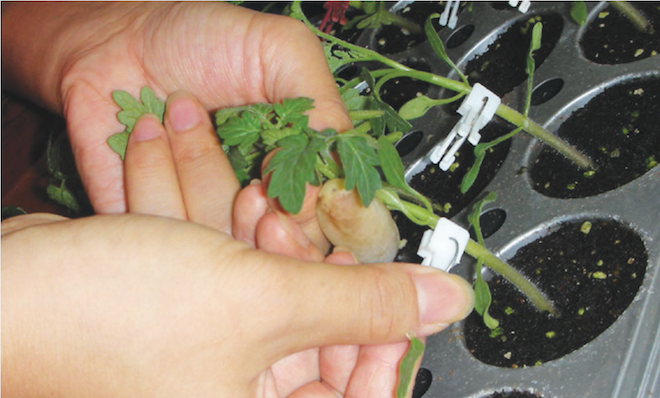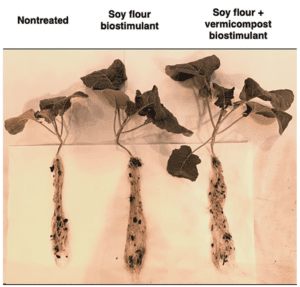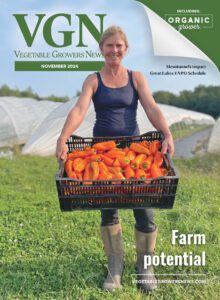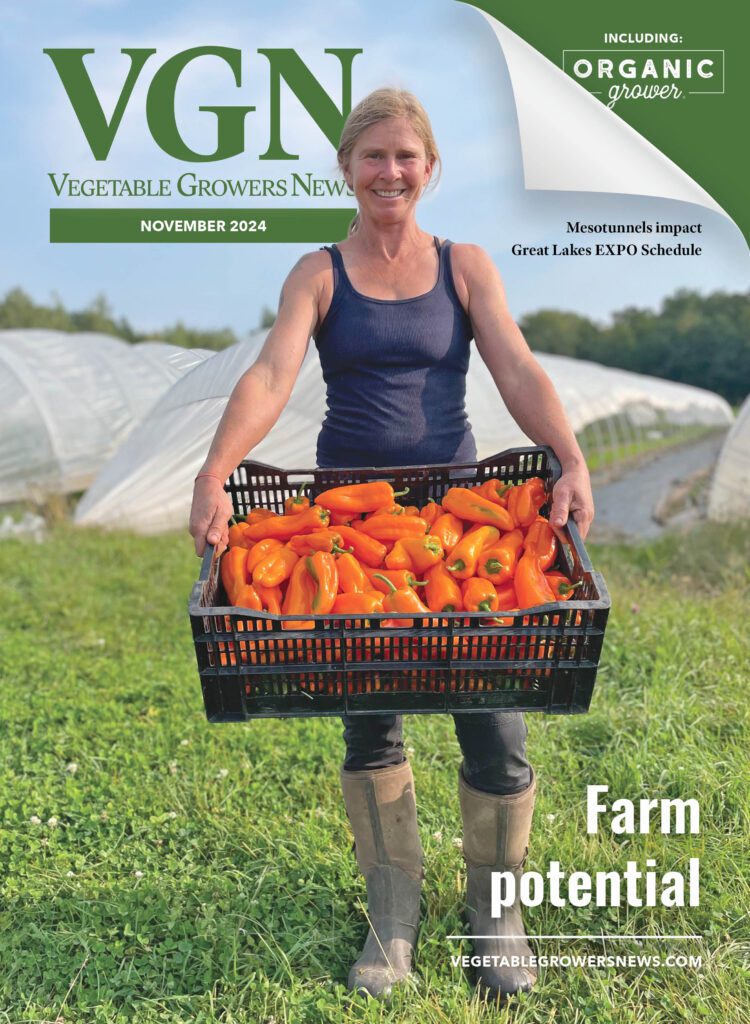

Nov 8, 2020Science of better seeds pursued
A group of U.S. researchers is exploring the science of seeds, looking for technologies that can benefit nurserymen and growers alike.
An ongoing multi-state project research project, “Environmental and Genetic Determinants of Seed Quality and Performance,” was recently reapproved by the USDA’s National Institute of Food and Agriculture for an additional 5 years. The project is led by 11 U.S. universities in Arizona, Florida, Iowa, Kentucky, Michigan, Montana, New York, Oregon, South Dakota, Texas and Virginia. Many of the researchers involved are well-known to each other as members of “W-4168” – a group of highly-dedicated seed research biologists at universities and federal facilities who meet yearly to network and collaborate.
The goal is a better scientific understanding of how seeds are produced, germinate for better in-field performance and to better understand the biology of seeds. Both nurseries and growers stand to benefit from the knowledge.
“In simple terms, high seed quality for the nursery equates to a high level of success for the growers, so they can have uniform and high yields,” said Daniel Leskovar, Ph.D., a Texas A&M AgriLife Research vegetable physiologist. “This not only goes for large commercial vegetable growers also now for small nurseries as well as those that are engaging both in conventional as well as organic systems.”
For instance, growers who receive transplants with better-developed root systems may save on their inputs into the crop.
“Improving the root system of a young plant is crucially important, so young plants are able to more efficiently capture water and nutrients and tolerate the stress outside and produce a uniform crop,” Leskovar said.
A broad research effort


A variety of techniques are examined for use on high-value seeds and seedlings such as tomatoes, peppers, lettuce, watermelon, onions and artichokes.
“My component of the research is dealing with applied research trying to improve the seedling and transplant quality,” Leskovar said.
The team of researchers includes Alan Taylor from Cornell University and Bob Geneve from the University of Kentucky, who Leskovar described as “pioneers in this multi-state regional project for more than 25 years.”
Taylor, a seed science and technology specialist, said Cornell’s AgriTech seed treatment and coating lab where he works is the only land grant university in the country equipped to apply seed treatment and coatings. His work has focused on seed coatings as a delivery system for biological stimulants, pest management seed treatments and even materials to help with germination, such as super-absorbent polymers, which soak up water from the surrounding soil and make it available to the seed. A paper he published last year examined the use of soy flour and vermicompost, showing that even these natural materials were effective biostimulants for the seeds when used as a coating.
“Especially the high-value vegetable crops can really benefit from the enhancement because the seeds are already coated by seed companies,” Taylor said. “So let’s go ahead and not just put something that’s an inert material in the coating. Put in something that, I’ll say, ‘revs’ up the seeds, as far as the physiology of the seeds, to get them to grow faster.”
Another research area for the group is the “preconditioning” of transplants in the nursery, preparing them for field conditions.
This is the commercial equivalent of how gardeners “harden off” transplants before spring planting, but “it’s also possible to precondition transplants earlier in their development,” Leskovar said.
“You can have a transplant preconditioning prior to being shipped to the grower, as well as during the seeding development – you can precondition plants to have a better performance later on in the field,” he said.
Other projects in the past have included research into priming seed – initializing germination of seed before planting – and also phenotyping, or finding markers of desired genetic traits, for plant-breeding programs.
“It’s not a single technique, it’s a package of techniques that can be put into the seed to improve their performance,” Leskovar said.
Tomato techniques
Much of Lescovar’s work is focused on the development of grafting tomato transplants. Although others in the industry have explored robotic systems for grafting large numbers of tomato scions onto rootstocks, Leskovar’s work is focused on the act of grafting itself and doing it well – looking at techniques that maximize or improve the graft union. Techniques such as using plastic clips at the graft union are tested against others.
“We are looking at the performance of a limited number of rootstocks, more varieties that we grow on top of rootstocks, and how they respond to open fields versus, say high tunnels, how they perform in organic versus conventional systems,” he said.
The team will treat tomato seedlings with different LED light qualities, media-enhancers and foliar applications of gibberellin inhibitor, according to a news release from Texas A&M. Pre- and post-grafting measurements will include survival rate, number of healed grafts, traits related to root system architecture and shoot components, internal water status as well as dry biomass.
To better understand the physiological, biochemical and genetic traits underlying drought stress tolerance in grafted plants when using wild-type germplasm, the team will also investigate different tomato rootstock combinations and their responses to abiotic stresses.
“Growth, physiological activity in terms of leaf gas exchange and biochemical aspects, such as protein, sugars, amino acids, osmolites and antioxidant enzymes, will be measured to get a more complete picture of all the mechanisms involved,” Leskovar said in the news release.
— Stephen Kloosterman, associate editor














